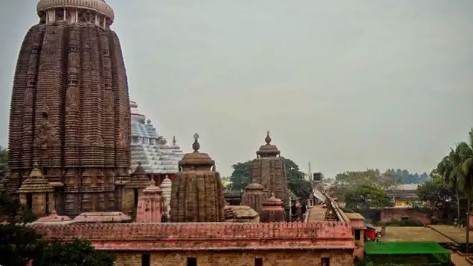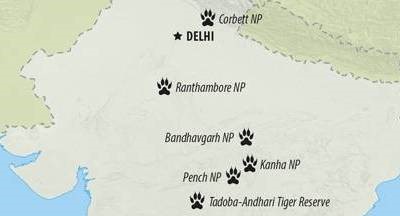Odisha’s law minister recently clarified that there was no secret chamber inside the treasury of the Jagannath Temple in Puri.

Char Dham refers to the 4 holy sites or 4 abodes of God in the 4 directions of India likely Puri in the East, Rameshwaram in the South, Dwarka in the West, and Badrinath in the North.
References
In a recent report, officials say that 25 out of 75 tigers were missing last year in Ranthambore National Park.

References
An international team of scientists led by the Physical Research Laboratory (PRL), Ahmedabad, has discovered an exoplanet outside our solar system.
Sub-Saturn class planets have a size in between that of Neptune and Saturn.
Neptune desert is a region of the known exoplanet population, where planets rotating close to the stars are rare.
References
India’s services PMI recovered from its 10-month low in September to reach 58.5 in October supported by strong expansions in output and new business, which in turn boosted job creation.
References
Rare 'Cat Snake' recently spotted in Valmiki Tiger Reserve, only Tiger reserve in Bihar.
Reference